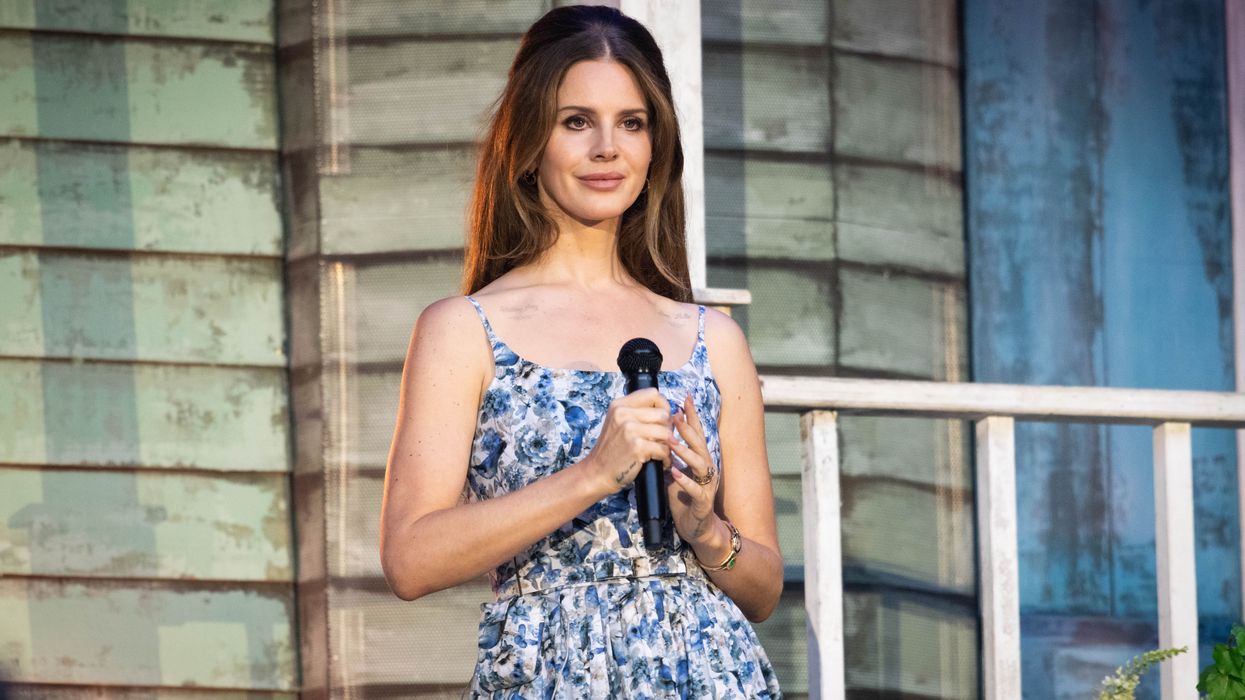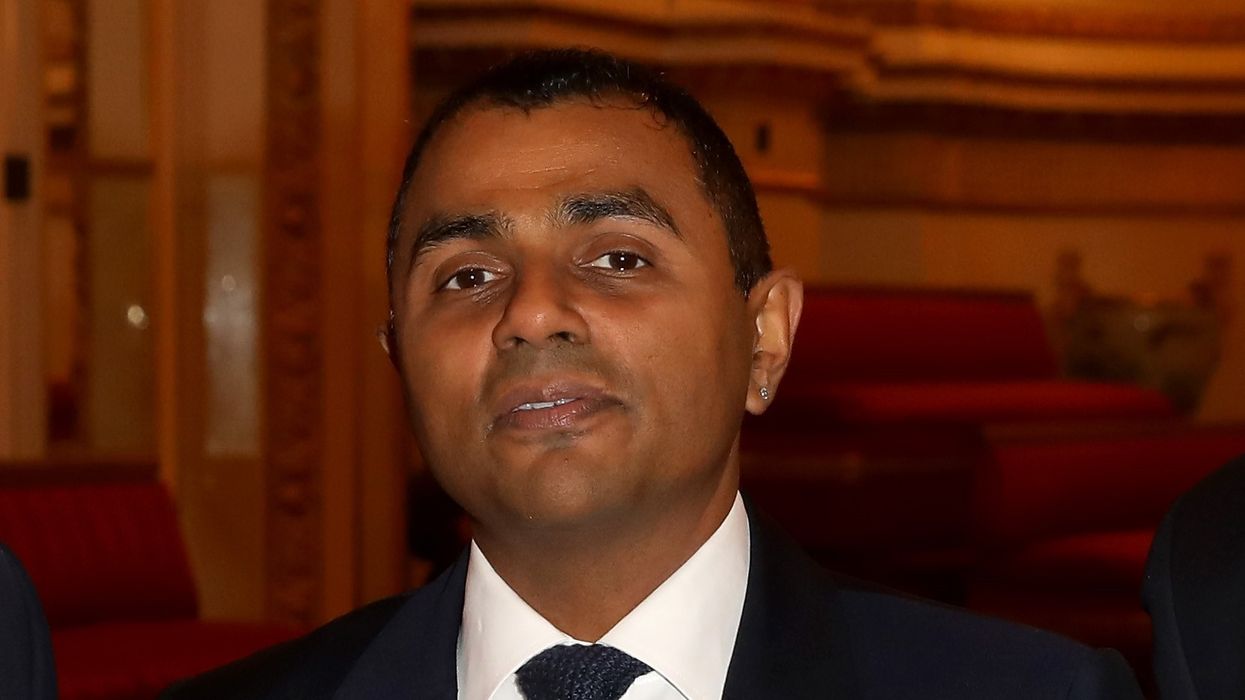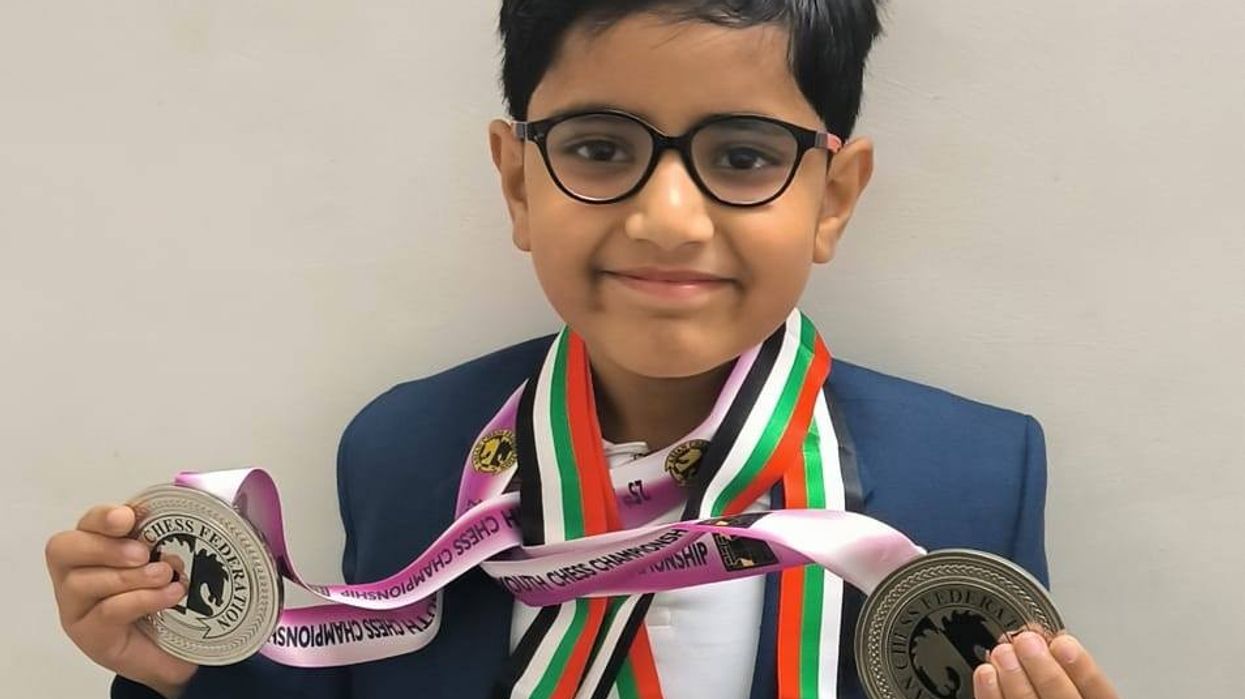By Lord Meghnad Desai
DURING the Black Lives Matter (BLM) demonstrations around the world after the death in the US of George Floyd, a lot of rage was expressed against racism and injustice to black people.
Many monuments and statues were defaced and damaged, among them the statue of Mahatma Gandhi. The one in London’s Parliament Square, which was unveiled in March 2015, suffered only slightly – a slash of white paint and the word ‘racist’ marked on one of the steps.
In Washington DC, there was more serious damage to Gandhi’s statue and it had to be covered up.
Thanks to the BLM movement, statues have come under scrutiny. Edward Colston’s statue in Bristol was toppled and thrown into the river, and later retrieved. Local councils across the UK are considering what to do with statues – cover them up, remove them, relabel their name plaques?
But why statues? Even if all the statues of everyone thought to be suspect by the BLM were removed, how will it improve the life chances of a single person – be they black, brown or white?
The death of Floyd is a matter of police behaviour. Had it happened here, the officers concerned would be in breach of the law.
Those taking part in BLM rallies are young, angry and quite correct to protest against racial injustice. Indeed, Gandhi would join them if he was alive now. The injustices that America’s black community has suffered for the past 400 years is shameful. Despite the abolition of slavery in the 1860s and the civil rights legislation in the 1960s, the position of black Americans remains one of political and economic deprivation.
Unlike in India, voting rights are not unconditionally universal. Even now, individual states create obstacles to deny black American citizens their voting rights.
The status of black and ethnic minority voters in the UK is not like that of their counterparts in the US. Accounting for under 10 per cent of the population, BAME representation in politics has improved tremendously over the past 50 years since the Brixton riots. This has been thanks to concerted action by political parties, just as women (another group which could complain) have increased their share in public office. There is always more to be done, but the UK is not the US.
Of course, there is income inequality, poor housing and health issues which led to higher mortality rates in the Covid-19 pandemic. But targeting statues do not tackle those issues. Their removal is a challenge to rewrite British history exposing racism, the slave trade and imperialism. That effort has been going on in schools and universities and it must be increaseed. Also, we must tackle these inequalities whether the person suffering is BAME or white British. There was an unfortunate tendency of anti-semitism in the Labour party in recent years. Quite rightly, the new Labour leader Sir Keir Starmer has promised to clean up the party and take action against that bias.
Churchill, who is labelled racist, has an outstanding record in leading the fight against Nazism. There were British political leaders such as Lord Halifax (the viceroy Lord Irving as he was in the early 1930s) who would have signed a peace treaty with Hitler, giving him a free hand in Europe . Churchill had been warning about Hitler from the back benches through the years. Had he not been prime minister and had Britain not fought Hitler, chances are he would have won the Second World War.
With Churchill absent, US president Franklin Roosevelt may not have come to Europe to fight. Indeed, it was thanks to the Indian Army, led by General William Slim, which inflicted the biggest defeat in a land war on Japan at Kohima. Imagine the position of Jews and all non-Aryan people had Hitler been ruling over Europe. Hitler told India’s Subhash Chandra Bose that Indians were not ready for freedom for the next 125 years.
Or take Gandhi. He is called racist because when he was in South Africa and the Zulu rebellion broke out, he formed an ambulance corps for the government to collect injured Zulu soldiers who would have been left to die by the government medical corps.
The charge against Gandhi is that he should have joined the Zulu rebellion. Not only did Indians, indentured workers and merchants not have any military training, but they were Indian subjects of the Empire, not African.
Gandhi returned to India in 1915 and successfully organised a mass movement which ended British rule. The spark he lit enflamed the rest of the British Empire and within 50 years of his return to India, British imperialism was gone. His example gave a new life to the movement led by Dr Martin Luther King to fight for black American civil rights. As Mandela has acknowledged, it was Gandhi who sowed the seeds of the African National Congress and within the 20th century, apartheid was gone.
It is true that statues make us re-examine history. But we must also know the whole story. It is unfair to label someone racist because of one episode or one sentence in a speech or article.
The people whose statues these are were creatures of their time, not ours. If we judge the famous people of those days harshly, it is due to the fact that they did many things, some of which changed our world for the better, and that is what allows us to judge them so harshly. History is a many-sided story. No single view has monopoly. Let us hear all the voices of the past, present and future.















 David Beckham wearing a David Austin Roses "King's Rose" speaks with King Charles III during a visit to the RHS Chelsea Flower Show at Royal Hospital Chelsea on May 20, 2025Getty Images
David Beckham wearing a David Austin Roses "King's Rose" speaks with King Charles III during a visit to the RHS Chelsea Flower Show at Royal Hospital Chelsea on May 20, 2025Getty Images

 Kurukshetra battlefield illustration
Kurukshetra battlefield illustration
 Chanakya
Chanakya  Shimla Agreement
Shimla Agreement Kargil War 1999
Kargil War 1999
Why we need to reflect before destroying old statues